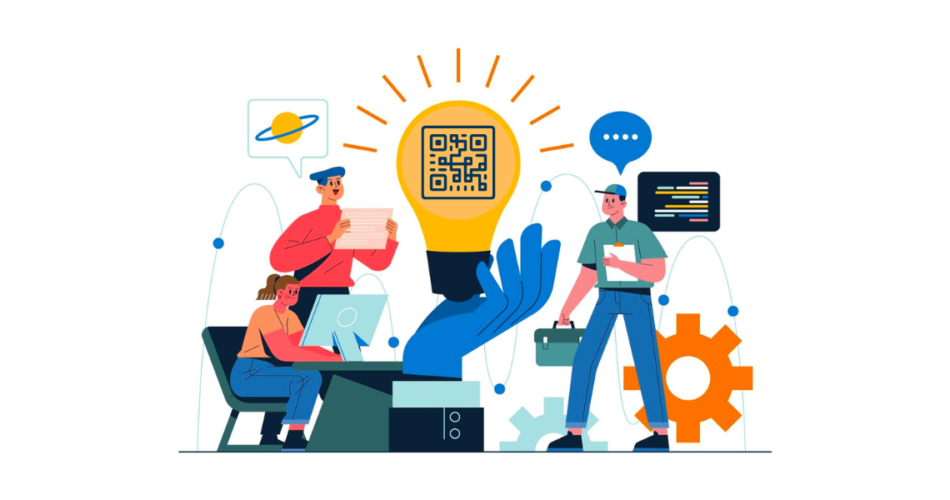QR Codes have come a long way since their inception in 1994. QR Codes were invented for tracking parts in the automotive industry in Japan, but these days they are everywhere.
But here’s the catch: their application is not static. New QR Code technology comes with new techniques and innovation to create interactive experiences and make processes efficient.
According to Insider Intelligence (eMarketer), QR Code scanning is projected to reach 99.5 million scans in 2025, up 19% from their figures in 2022.
Remember this data as we dive deep into some of the most exciting applications of QR Code innovation in today’s industries.
Let’s get started!
A. QR Codes and smart packaging
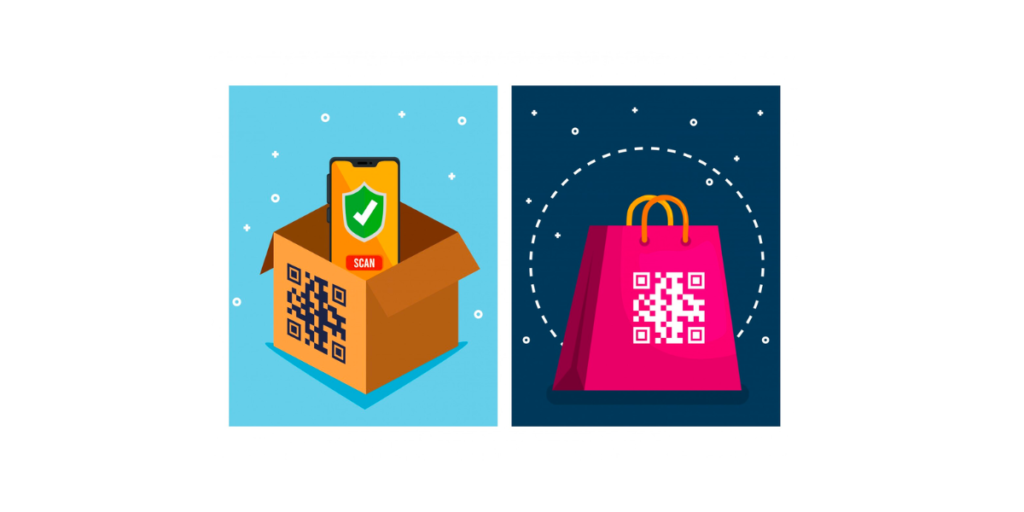
One of the most talked-about QR Code innovations is its application in smart packaging.
Brands are now using QR Codes on packaging to give customers more than just product information.
With just a simple scan, you can read nutrition facts, follow instructions, or even learn proper disposal guidelines for a product.
For example, when a food brand puts a QR Code in the packaging, it takes customers to a website that would give the origin, health benefits, and recipes of the product.
This new trend allows companies to connect with customers and be part of their lives more than once.
B. QR Codes in healthcare

QR Code innovation is also beneficial to another industry—that is—healthcare. The adoption of innovative QR Code tech allows hospitals and clinics to give patients easier experiences and better data management.
For instance, a patient could receive clear dosage instructions or possible side effects through QR Codes on prescription bottles or even reminders about taking medication.
Medical personnel can use QR Codes to obtain immediate access to a patient’s medical record or treatment plan, ensuring efficient care of that patient. Electronic medical records software streamlines this process by securely storing and retrieving patient data with just a scan.
This innovative QR-Code technology ensures that patients and their healthcare providers have what they want immediately.
Very recently, AIIMS (All India Institute of Medical Science) started using QR Codes for medical certificates.
Patients can now easily authenticate themselves by scanning a QR Code to prevent fraud; hence, the verification process has also become easier.
The new technology of QR Codes allows authentication both by the patients and the health provider about the medical documents.
C. Interactive museums and exhibitions
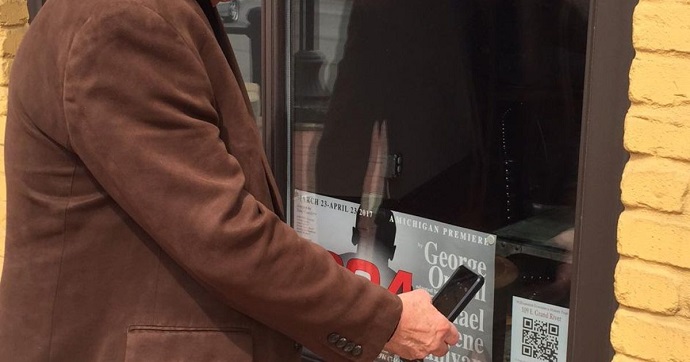
Have you ever wished you had known more about that art piece you were visiting at the museum? The invention of QR Code technology is making that a reality.
Museums are adding QR Codes to exhibits; therefore, visitors scan them and receive detailed descriptions, historical context, and even audio guides right on their mobile phones.
This new QR Code technology turns a regular visit to the museum into an interaction. You don’t have to pay for audio guides, nor do you have to depend on writings found around the place.
All the information you need is available just a scan away.
In an innovative approach to tourism, authorities in China created a giant QR Code visible from the sky in a rice field.
Tourists can scan the code with their drones or cameras, which leads them to a website providing information about the region and upcoming festivals.
This creative use of QR Code innovation not only attracts visitors but also offers an interactive experience.
D. QR Codes in classrooms

Another area of increasing use is education. Teachers are using QR Code innovation in all aspects of classrooms.
For example, they can attach QR Codes to assignments so students can access video tutorials, additional reading materials, or quizzes associated with the lesson.
QR Codes can also be placed on textbook pages so that students can quickly point their mobile phones to online resources or study guides.
Through this new QR Code technology, the divide between the old learning styles and the use of digital tools is minimized, enhancing educational experiences.
E. QR Codes for payment systems
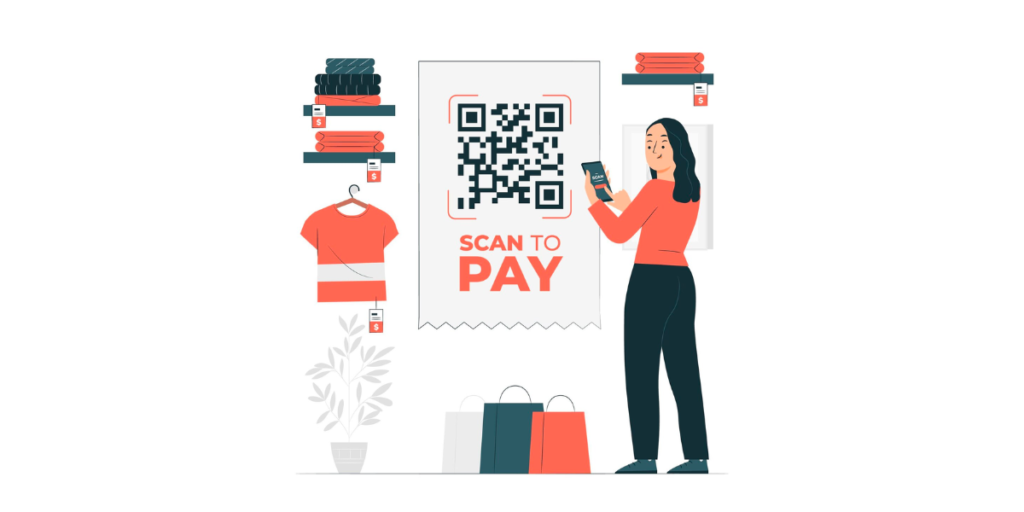
One of the significant impacts of QR Code innovation is observed in payment-related industries. The customers and sellers can pay or receive while standing at a six-foot distance without even touching each other’s hands or credit cards.
Because of COVID-19, there was a boost in contactless payments, which led to a rapid increase in QR Code usage, like those available on WeChat Pay and PayPal.
Users can simply scan to make a payment, which is both faster and more secure than previous methods.
It is as easy as scanning a QR Code in restaurants to view their menu, order, and even pay from your phone.
The new QR Code does away with complicated transaction methods while minimizing physical contact, thus enhancing hygiene in public spaces.
F. Dynamic QR Codes for marketing campaigns
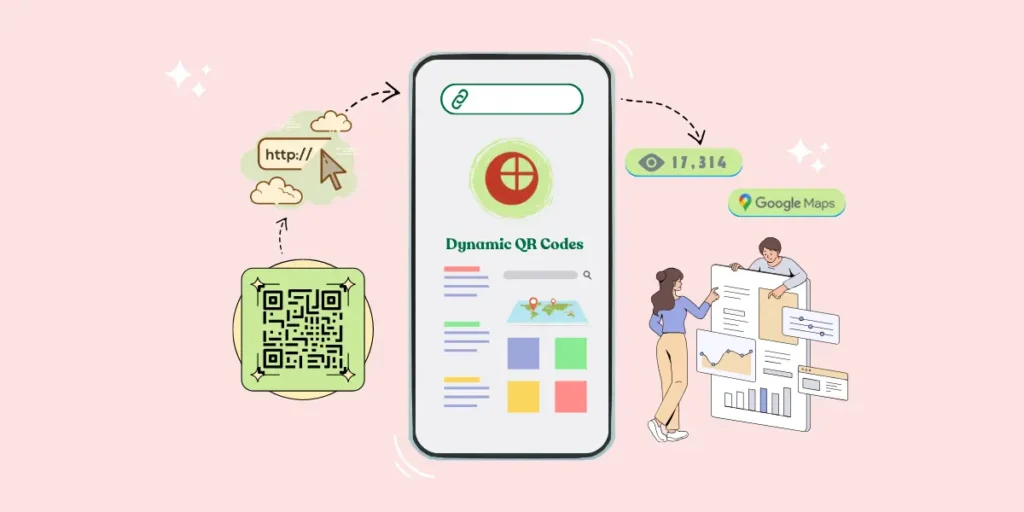
QR Codes are some of the best ways to upgrade your marketing campaigns. QR Code ideas are taking over all sorts of marketing campaigns.
You can put them on posters or brochures, even on packaging that will lead people to special deals, giveaways, or pages about specific products.
Let’s say you put these QR Codes on event tickets, and when scanned, they unlock special content or tags on items that offer loyalty rewards. Quite neat, right?
Well, these simple QR Codes link your world of physical and digital marketing, making it easier for your audience to relate to your brand.
Marketing teams are harnessing this dynamic QR Code innovation to serve their advantage.
Did you know that Scanova’s QR Codes, which were made specifically for marketing purposes, pulled 52 million interactions in the year 2023-24? Pretty awesome, right?
The only difference between a dynamic QR Code and its static counterpart is that the former can be modified after it has been printed.
Thus, businesses can now run marketing campaigns that change over time.
For instance, a business might have dynamic QR Codes in all the seasonal marketing promotions.
Once the campaign ends, they can alter the content associated with the same QR Code. That way, they can ensure that they are relevant without having to print them again. That is huge in today’s fast-paced marketing world.
Another awesome and innovative way is to use these QR Codes on walls. QR Code murals can engage a fabulous crowd by providing hidden messages, videos, or audio guides.
These days, cities are also promoting QR Code-based graffiti and murals that provoke curiosity among the masses.
An artist from Switzerland, Marc Lee, made a cool QR Code mural in Lodhi Garden, New Delhi. He chose this location specifically because it’s already famous for its graffiti.
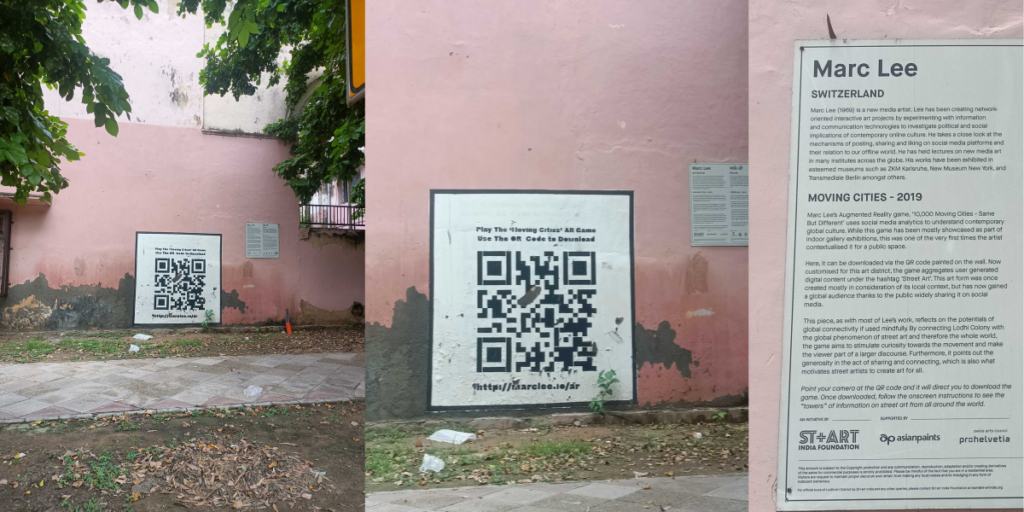
Once you scan this QR Code, you’ll be taken to a multi-player Augmented Reality game that users can play. This was a very innovative approach to promoting this AR-based game.
Here are three ways QR Codes can be used on murals:
- The city’s history unfolds from the mouth of a mural, told via QR Codes;
- When scanned, they take you to awesome playlists and musical compositions;
- Art murals whose explanations of the artistic process and inspiration come from the mouth of the artists themselves through videos via QR. This QR Code innovation brings art to a new dimension.
Another QR Code innovation that’s quite catchy is the Clone QR Code. Clone QR Codes is a very interesting concept. There are QR Codes that can be used to copy the same digital content across different mediums.
For example, once you create a clone QR Code for a video, you can print it on different materials, such as posters and flyers, and every time you scan them, it will lead you to the same content.
What this QR Code innovation does is ensure that at all places where the QR Code appears, there is consistency in the promotional efforts. So you don’t have to remake QR Codes again and again.
Now, let’s look at some of the most anticipated and futuristic QR Code innovations.
G. Augmented-Reality integration
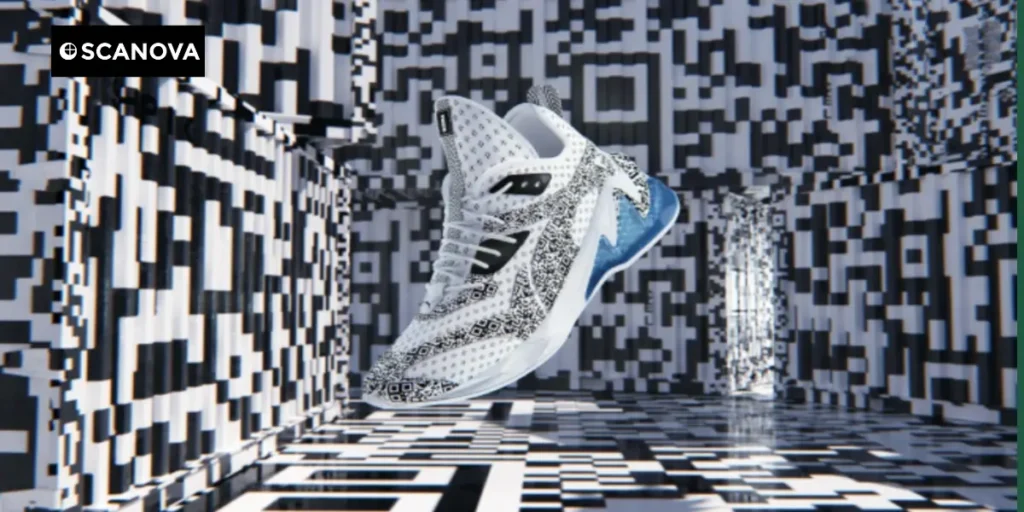
QR Codes can be paired with augmented reality (AR) to utilize this new technology in the most futuristic way.
Imagine scanning a QR Code on a product and finding a 3D model popping up for you to view from various angles on your phone screen.
AR-enabled QR Codes are found in everything from advertising campaigns to gaming.
For example, a retail shop might use an AR-enabled QR Code that allows you to “try on” clothes before you buy them.
This is basically innovative QR Code development, bringing the online shopping experience closer to reality and enhancing customer engagement.
H. Encrypted QR Codes for security
Security has become a much-needed concept, particularly in digital payments and data sharing.
For instance, the encrypted QR Code is an innovation that has appeared in this area. Such codes ensure additional security by encrypting the data they bear.
This makes it even harder for destructive people to use it to their malign intention.
For example, encrypted QR Codes are used nowadays for secure banking transactions. The account details are not required to be shared; you just scan an encrypted QR Code and send payment information securely to the recipient.
This type of QR Code innovation has made sure that user security has improved side by side with convenience.
I. QR Codes and smart cities
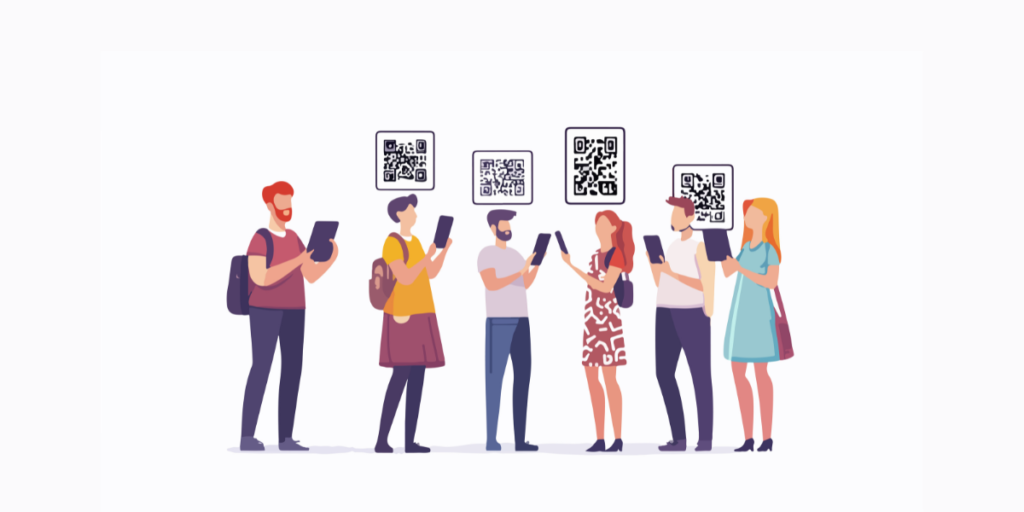
Smart cities are coming up everywhere. QR Code innovation goes hand in hand with making it a viable city.
From public transportation to waste management, QR Codes can be seen in a smart city. It may require you to scan a QR Code at the bus stop to receive live information regarding its arrival or even use one when parking. Professionals working in smart city IT infrastructure can also benefit from an ITIL course to manage services efficiently.
According to Scanova’s internal data, by mid-2024-25, they’ve already reached 50% of the total QR Codes created last year, showing that QR Codes continue to grow in use, helping businesses improve efficiency and customer engagement.
Beijing took bike renting to the next level through QR Code innovation, which users could take advantage of.
For instance, QR Codes are used in China, where with just a QR Code scan from a bike, one can unlock their bike, pay for their ride, and find a nearby bike station.
This innovation behind the new QR Code technology makes it efficient, environment-friendly, and accessible to all residents and tourists.
QR Codes are also implemented in urban planning. City planners post QR Codes in strategic areas in towns that give information on upcoming projects and, at the same time, enable the residents to submit their comments about public services.
This present QR Code technology makes cities more efficient and well-connected.
QR Codes feature a lot in sustainable promotion. Brands have started using these codes to share pieces of information about responsible practices. For example, how a product was sourced or how it can be recycled.
Scanning the code allows consumers to learn more about what a company has done about sustainability and allows them to make responsible choices. This innovation by QR Codes promotes sustainability and responsible consumption.
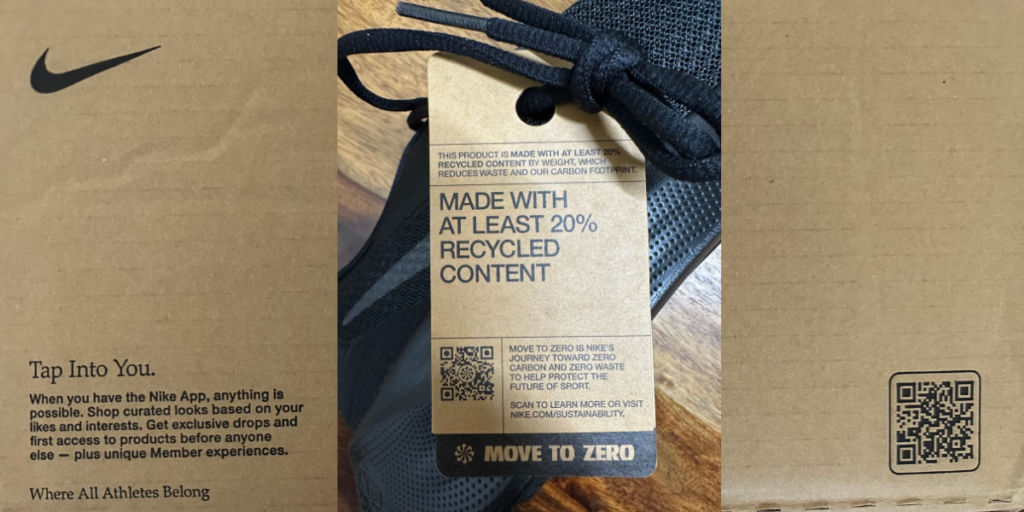
Brands like Nike have started using QR Codes to promote their sustainability efforts and tap into a market that wasn’t previously there. Now, more and more people are choosing environmentally friendly products.
In some cities, recycling bins with QR Code technology explain to the user what to recycle and what not to.
Upon scanning the code, users are given precise instructions on what to do, thus reducing contamination in the recycling process.
QR Codes make recycling efficient and user-friendly. Smart cities are also using QR Code technology to improve waste management.
Households receive QR Code stickers to attach to their garbage bags. When the garbage is collected, the code is scanned, providing details on the type of waste, collection time, and segregation guidelines.
This system makes it easier to track waste disposal, ensuring better recycling and reducing environmental impact.
J. QR Codes for NFTs and blockchain
QR Codes also facilitate transactions in the world of cryptocurrency and blockchain.
NFT marketplaces can now use QR Codes to authenticate digital assets, making it possible for buyers to scan into ownership and see the blockchain record of an asset.
This QR Code innovation introduces another dimension of transparency and trust into the fast-growing world of digital collectibles.
Users can quickly and safely verify transactions by incorporating QR Codes into blockchain systems, thus increasing their confidence in the technology.
K. The ever-evolving QR Codes
QR Code innovation and flexibility of QR Code technology make it an excellent choice for building seamless digital connections in this increasingly dynamic world.
We can look forward to how new QR Code technology will be implemented with even more exciting applications.
Huhtamaki’s Adtone Cup is a perfect example of this new QR Code technology. This thermosensitive cup reveals a hidden QR Code when a hot beverage is poured into it.
Once scanned, the QR Code offers promotions, discounts, or interactive content.
These promotional elements make the Adtone Cup an exciting tool for brands looking to engage with their customers in a fun and innovative way.
It’s an excellent example of how QR Code innovation can enhance the brand experience.
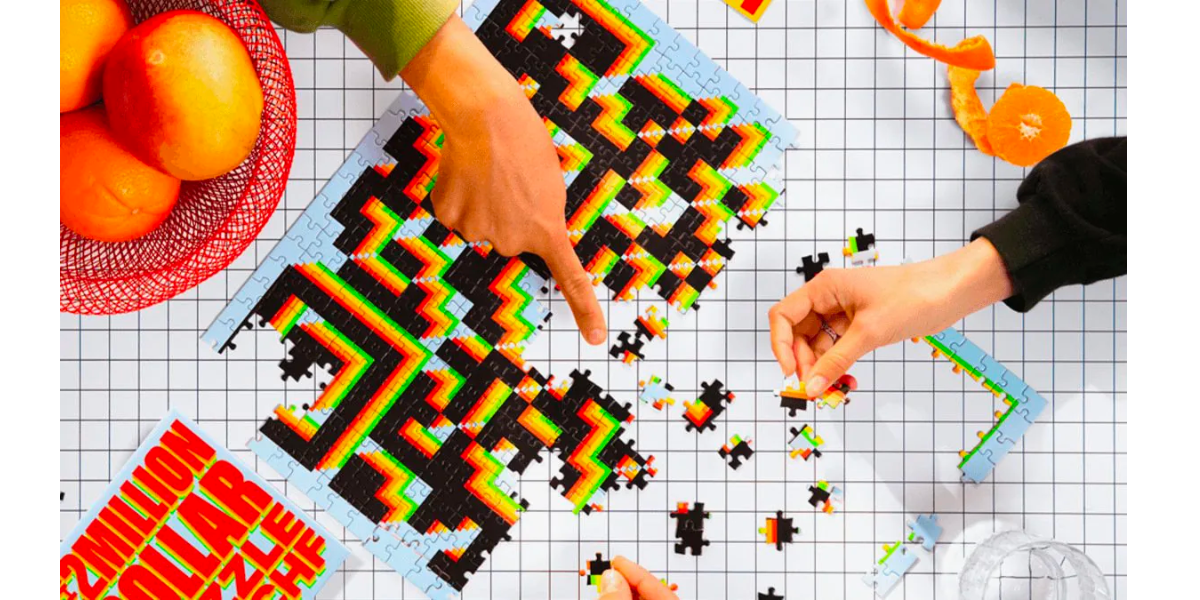
Another awesome example of the versatility of these QR Codes is the QR Code Jigsaw Puzzle. Adding a QR Code to a jigsaw puzzle makes it possible to take the game up a whole notch.
So here’s how it works: After the puzzle is done, when it’s scanned, you unlock another level of challenge, hints, or even a story to go along with the image.
This QR Code innovation turns a simple puzzle into an interactive and engaging experience, perfect for kids and adults alike.
As innovation takes pace, so do our lifestyles. Now QR Code innovation has surpassed all barriers and now our festivals and celebrations.
These days, a personalized QR Code on a Valentine’s Day gift makes it more beautiful. You can use the link for a romantic video message, photo gallery, or favorite playlist with the one you love.
Through this QR Code innovation, you can now create a unique gift that turns into a form of experience rather than something tangible. You can now create them easily and print them on cards, gift wrap, and even the gift itself.
Another way is to add QR Codes on your wedding invitations. This approach makes wedding invites very modern and interactive.
Very recently, Asia’s richest man, Mukesh Ambani’s son, got married, and the whole wedding was an extravaganza.
What caught the attention was the use of QR Codes throughout the wedding. Be it at the invitations or at the venue for different purposes.
Here are ten creative ways you can use them as well:
- Attach a link to the wedding website;
- Use a QR Code to RSVP;
- Share the wedding registry;
- Show how to get to the venue using a Google Maps QR Code;
- Accommodation for the attendees;
- Share a video message;
- Display the events schedule;
- Access a photo gallery;
- Send thank you’s and personalized notes;
- Access the live stream of the ceremony.
With QR Code innovation, the uniqueness of your special day can be added with those special touches.
Wristband QR Codes are also now a common site for such events and concerts. These wristbands can be read using this QR Code technology to imprint all personal details, access event schedules, or even different payment options.
Another exciting development is laser-cut QR Codes. These are precisely etched onto materials like wood, metal, or plastic, creating a durable, tactile, and visually striking QR Code.
Laser cutting lets brands combine technology with craftsmanship, making QR Codes part of the product or packaging itself . These are perfect for luxury items or eco-friendly brands wanting a unique, high-quality look.
This is an excellent way to convey information without holding anything within your hands. The QR Code on a wristband also helps hospitals conveniently identify patients, hence its overall application.
L. The future of QR Codes: What to expect in the coming years
QR Codes have made tremendous progress, but their future promises so much excitement.
However, with technological advancement and changing consumer behavior, we’re going to see a new wave of possibilities.
According to Scanova’s internal data, QR Code creation saw an incredible 301.51% increase from 2020-21 to 2023-24, growing at a steady rate of 38.11% per year.
This shows how quickly QR Codes are being adopted across different industries.
1. Voice-activated QR Codes
A lot of data analysts claim that in the future, there will be voice-activated QR Codes, which can scan QR Codes and interact with voice commands.
This makes it easier for people to access certain content or services, especially for a person who may have a disability or an activity that requires both hands in certain situations.
2. Wearable and biometric QR Codes
QR Codes can be embedded into wearable technology, like smartwatches or even biometric systems.
For example, a wristband QR Code can be used for your personal health information to be scanned safely. This creates new healthcare applications in sports and fitness tracking.
3. More intelligent data and AI-Integration
AI-enabled QR Codes may learn from users’ behavioral patterns to make experiences possible.
For instance, scanning a QR Code could take users directly into their individual materials, as reported by their past experiences.
The QR Code will then emerge as innovative while bringing more value through individual preferences and needs.
4. Public and urban spaces
Cities will use QR Codes for smart city infrastructure, and traffic flows with integrated insights into traffic regulations and tourist tips.
Just think about when you can check out the real-time schedules on a roadside at a bus stop or scan information about a public artwork on a sidewalk.
5. Cross-platform access
QR Codes will be available for everyone regardless of the kind of device or platform.
Even wearables, drones, or even the Internet of Things will become scannable through some sort of QR Code; indeed, some things we can’t imagine yet.
This way, QR Codes will be able to retain that versatile positioning between worlds that link the real and virtual ones.


M. Looking for a good QR Code generator?
When it comes to QR Code innovation, Scanova stands out as the go-to tool for generating all kinds of creative and interactive QR Codes.
Whether you’re looking to add QR Codes to packaging, events, or marketing campaigns, Scanova makes the process simple and efficient. Here’s why Scanova is the right choice:
- Quick Creation: Scanova creates QR Codes in a matter of minutes without any technical know-how. Starting from smart packages to a marketing campaign, it makes it easy for everyone.
- Customization: You can completely customize the QR Codes using Scanova by changing shape, color, and even your logo. It helps make your codes distinct and match your brand.
- Dynamic QR Codes: Scanova’s dynamic QR Codes can be updated with new content even after printing and is ideal for changing campaigns or long-term activation.
- In-Depth Analytics: Scanova’s analytics will track scans, locations, and devices, fine-tuning your campaigns based on performance.
- Versatile Use Cases: From wristbands to recycling systems to gifts, Scanova supports all kinds of creative QR Code ideas.
- Secure and Safe: Scanova abides by robust data protection measures to protect user data.
In a nutshell, Scanova’s ease of use, customization options, dynamic features, and security make it the ultimate tool for any QR Code innovation project.

Conclusion
Whether you are searching for information, making a payment, or simply trying to access an interactive experience, QR Codes are showing that they are not just some fleeting fad of the moment but an invaluable asset in shaping connectivity for the future.
